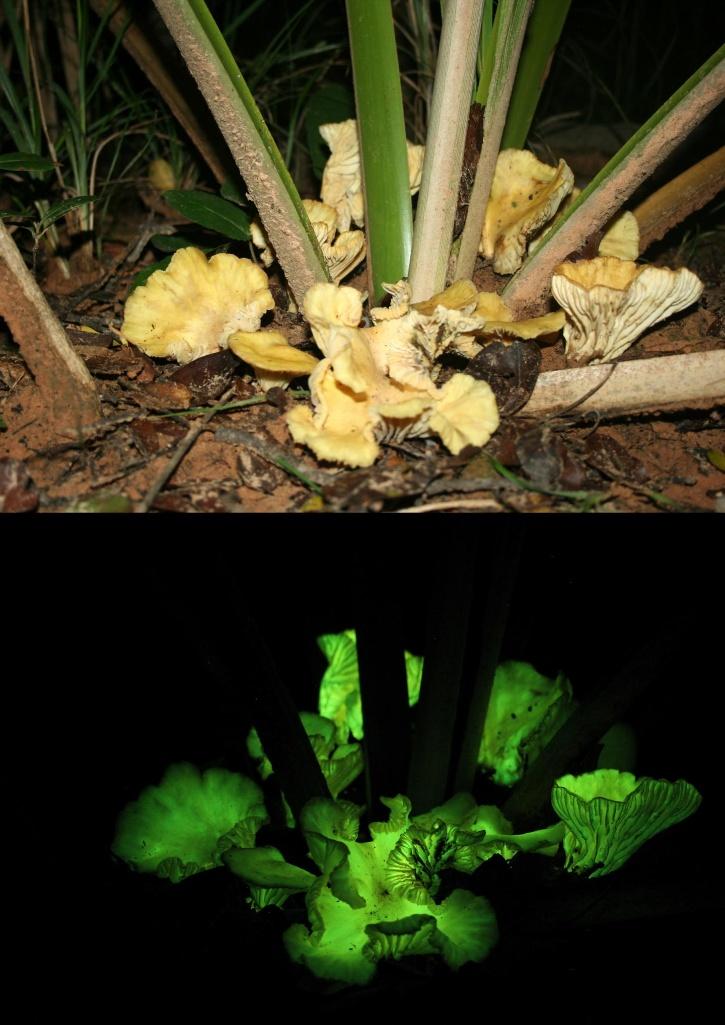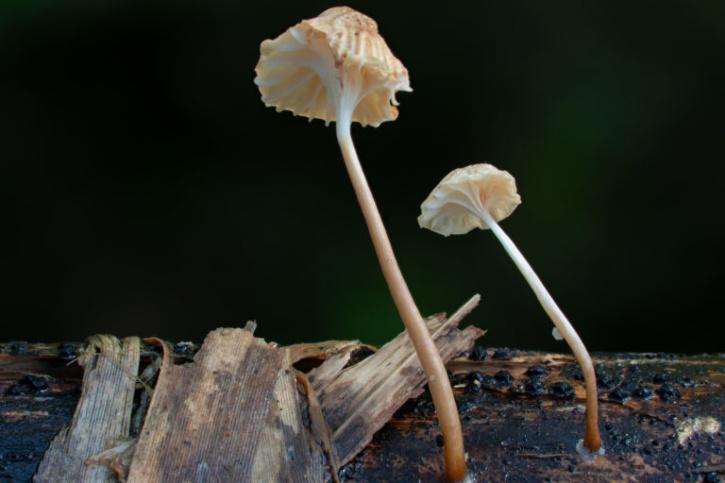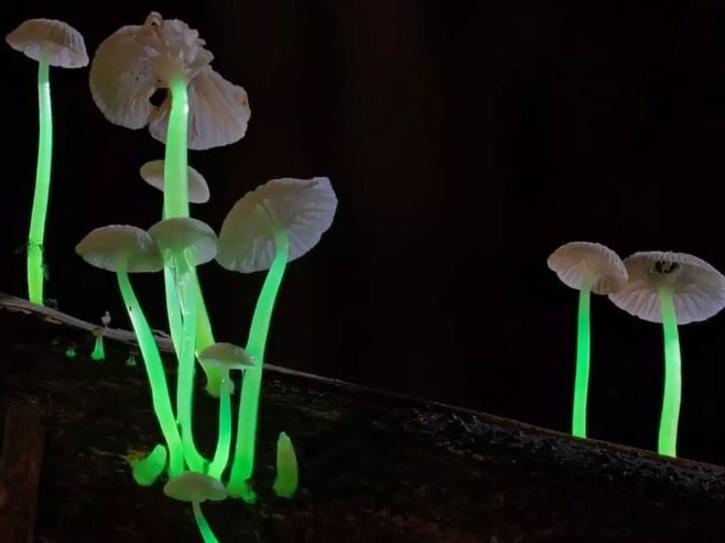Mawlynnong (Meghalaya), Aug 22 : If Indians want to make their country a clean and healthy place, then they should learn from the Khasi tribesmen of Meghalaya's Mawlynnong village, says tourist Michael Dough.
"I thought I was in another countryside in a different continent and not in India," Dough said about the village, referred to as "God's own garden" and also cited as "Asia's cleanest village".
Like the visitor from Canada, Indian tourist Meenakshi Datta strongly felt that all Indians should visit Mawlynnong village and learn the habit of keeping the surroundings clean.
"On Independence Day, Prime Minister Narendra Modi had spoken much about making India a clean and healthy place. I strongly feel that the prime minister should take his team to this remote village and learn something about cleanliness," Datta said.
Children in the village are taught about hygiene in school at an early age and about how to keep their surroundings clean and green.
Mawlynnong, which means "a cluster of stones" in the local Khasi dialect, is located on the southern slopes of East Khasi Hills. It is about 90 kilometres from Meghalaya capital Shillong and four km from the Bangladesh border.
Mawlynnong presents itself as a pretty queen amongst a cluster of rural areas located on a critical micro-watershed of the Wah Khuri (Khuri river). Unlike other tribal villages, where one is greeted with barking dogs and strange looks, Mawlynnong warmly receives tourists with open arms. Villagers are polite and friendly.
The Khasi tribesmen residing in the southern slopes of Khasi Hills are locally known as War people and are experts in horticulture. Villagers traditionally raised betel vines, arecanut, oranges and other horticultural crops and spices on the foothills and traded these products across the plains in erstwhile Eastern Bengal and East Pakistan, at present Bangladesh.
Unfortunately, their traditional market links got snapped after India's partition in 1947, causing great economic hardship to the people of the bordering villages. Nonetheless, they still maintain the same kind of plantation activities on the foothills.
Most of the houses are built with traditional material like stone, tin, bamboo and wood. There are a few cemented houses too. Each house is decorated with exotic and ornamental plants, while the courtyards are covered with a green carpet of grass.
The footpaths and lanes within the village have been carefully built with stones and boulders. In each walkway, there are cone-shaped bamboo dustbins. Nobody is allowed to litter any plastic or any waste material on the footpath or in the village premises.
It looks so clean that one would hesitate to throw anything on the ground - and even if there is some litter, it would be cleaned up in no time.
Mawlynnong village was discovered by missionaries of the Anglican church who came in contact with the village to spread the gospel way back in 1902. They later built a church there with the help of the highly-skilled local masons.
The natural beauty and simplicity of the local folk attracted foreign tourists well before the domestic and city visitors began to flow in. The foreigners marvelled at the simple, self-sustained village with its rich biodiversity of flora and fauna. The villagers too were inspired by the adulation of the visitors. They realised that if they could conserve the forest and biodiversity of the area, it could fetch them not only praise but also income from the tourist inflow.
The Dorbar Shnong (village council) makes sure the tourists are comfortable and safe there. There is a tourism management committee in the village that supervises the itinerary of the tourists and their comfort that includes providing tourist guides, accommodation and food.
"The Dorbar Shnong imposed a fine for anybody found to be throwing litter around or plucking flowers. I am happy that tourists visiting Mawlynnong follow the rules but you will still find some domestic tourists lacking respect," village headman Thomlin Khongthohrem told IANS.
"We have learnt about cleanliness from our childhood and, therefore, I am sure the people of Mawlynnong will continue to keep this benchmark alive," he added.
"I am sure people who have visited us will go back home and speak about our clean village, but what is important for them is to follow us in maintaining their surroundings and homes clean since cleanliness begins at home," Khongthohrem said.
In fact, the adjoining villages of Mawlynnong - Riwai and Nohweta - too have become litter-conscious and put up conical waste baskets on the pavement.
Riwai village has also managed to wean some tourists to view its Live Roots Bridge, a natural bridge across a stream made of the inter-twining roots of two trees.
"It's not only cleanliness and good mannered villagers that attract visitors to Mawlynnong," says Dipak D. Laloo, a passionate nature lover and tourism promoter.
"We are trying to educate and encourage the villagers about the importance of preservation and protection of the fragile ecology, natural features and socio-cultural traditions of the village, living in harmony with nature. This is not just for the promotion of tourism alone, but for the survival of the people inhabiting the area," Laloo said.
(Raymond Kharmujai can be contacted at rrkharmujai@gmail.comO)

















































